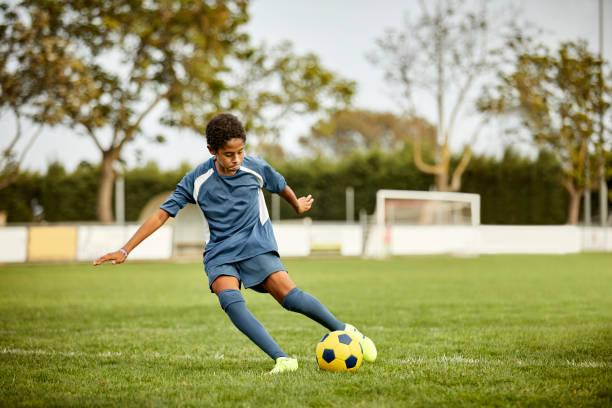Fun and Easy Ways to Teach Soccer for Preschoolers at Home

Young children to soccer for preschoolers at home can be a joyful and engaging experience. Preschool-aged kids have boundless energy, and channeling that enthusiasm into a structured yet playful activity like soccer helps develop their motor skills, coordination, and teamwork. Parents and caregivers don’t need fancy equipment or professional-level skills—just a safe space, basic guidance, and a little creativity to make soccer fun for preschoolers. Teaching soccer at home also allows for quality bonding time and helps children develop an early love for physical activity.

Why Soccer is Ideal for Preschoolers
Soccer for preschoolers is one of the easiest and most accessible sports to introduce at a young age. The game is simple to understand—kick the ball and try to score. It encourages physical development, including balance, foot-eye coordination, and agility. Moreover, playing soccer helps preschoolers learn basic social skills such as sharing, taking turns, and following simple rules. At this age, the focus should not be on competition but on fun, exploration, and positive reinforcement to nurture a child’s natural curiosity and movement.
Creative Soccer Activities at Home
Start with simple activities that are age-appropriate and require minimal setup. One fun idea is the “goal challenge”, where you place a soft ball and have your preschooler aim to kick it into a small target or between two cones. Another great activity is dribble and stop, where children practice gentle ball control with their feet and stop the ball on command. These games keep young children moving while teaching them the basic elements of soccer in a playful environment. You can also incorporate obstacle courses that involve dribbling around objects to enhance agility and spatial awareness.
Tips for a Safe and Enjoyable Experience
Always ensure a safe play area, whether indoors or in a backyard. Use soft or lightweight balls designed for young children to prevent injuries. Limit each session to short bursts of 10-15 minutes, keeping in mind the limited attention span of preschoolers. Use lots of encouragement and praise to motivate your child. Allow for flexibility—if a child wants to play freely or invent their own soccer-related games, support that creativity. The key to teaching soccer for preschoolers at home is patience, enthusiasm, and the willingness to join in the fun.
Conclusion
Teaching soccer for preschoolers at home doesn’t require professional skills or expensive gear—just a playful approach and a little space to move. By introducing basic soccer skills through fun games and activities, you help your child build a strong foundation for physical fitness, teamwork, and confidence. The joy and laughter shared on the “field” will create lasting memories while promoting healthy habits early in life. Keep it light, keep it fun, and watch your little soccer star shine.
- Art
- Causes
- Crafts
- Dance
- Drinks
- Film
- Fitness
- Food
- Spellen
- Gardening
- Health
- Home
- Literature
- Music
- Networking
- Other
- Party
- Religion
- Shopping
- Sports
- Theater
- Wellness



